Observation: Photuris
Primary Observer:
Jennifer Weber
Event Date:
2023-06-20
Status:
Unverified
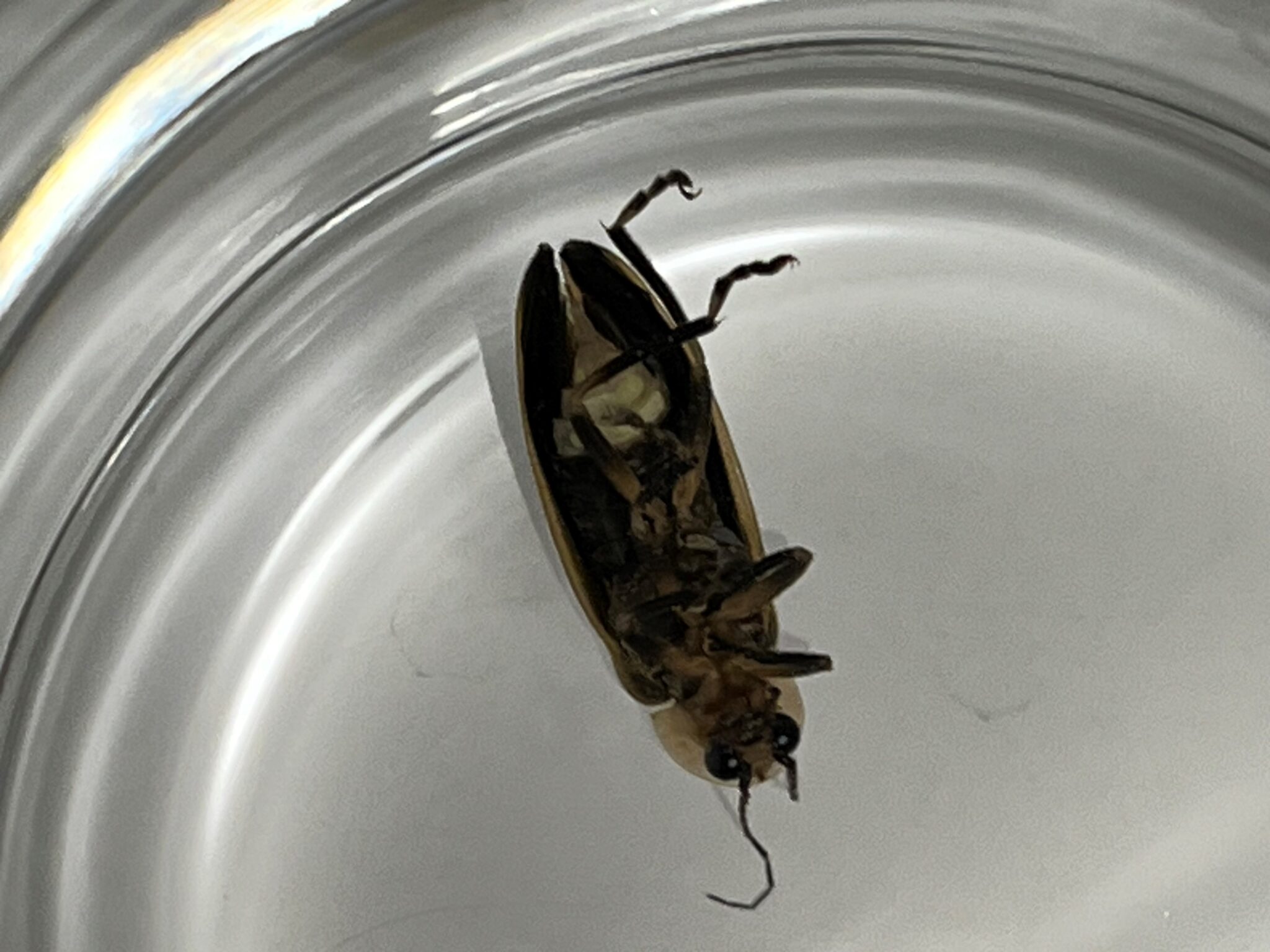
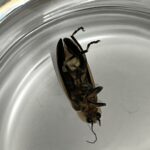
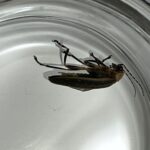
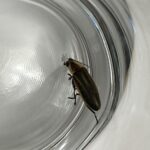
Survey
Site Name:
Huckleberry Trail - Coal Mining Park Site
Province/State:
Virginia
Event Date:
2023-06-20
Time of Day:
Night-Time
Start Time:
21:00
End Time:
22:00
Number of Observers:
1
Primary Observer:
Jennifer Weber
Additional Observers:
NA
Target Species Genus:
Target Species Species:
Location and Habitat
Location Accuracy (meters):
25-50
Habitat Type:
Developed - Sub/urban areas; parks/gardens
Habitat Type Notes:
Small grassy park next to stream area. Opening is surrounded by forests and a few individual houses.
Elevation (meters):
613
Area Searched (hectares):
Artificial Light Sources
Vehicles: Yes
Street Lights: Yes
Buildings: Yes
Street Lights: Yes
Buildings: Yes
Artificial Light Types
Sky Glow (diffuse illumination in the sky): No
Light Trespass (light cast on surfaces beyond its intended target): Yes
Glare (bright light causing visual discomfort): No
Light Trespass (light cast on surfaces beyond its intended target): Yes
Glare (bright light causing visual discomfort): No
Artificial Light Notes:
Light came from residences near trail. Not particularly strong, but still noticeable in the dark.
Observation
Observation Type:
Non-Flashing
Number Observed:
2-10
Genus:
Photuris
Species:
unknown
Observation Notes:
1-1.5cm in length. Most individuals noted crawling on longer grass blades, but some perched on side of bench legs. Did not observe flashing patterns, but occasionally individuals would give off a single quick flash.
Specimen Voucher Number:
Flash Behavior
First Flash Time:
Last Flash Time:
First Flash Temp (F):
Last Flash Temp (F):
Flashes in Pattern:
Flash Color:
Flash Pattern Period:
Flash Duration:
Flash Interval:
Male Height Zone:
Flash Location:
Male Flash Behavior:
Female Flash Behavior:
1 thought on “Observation: Photuris”
Leave a Comment
You must be logged in to post a comment.
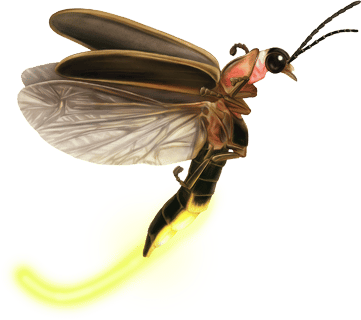



Thanks for submitting this observation! The lightning bug you photographed is a female, which you can tell based on the “flying saucer” shape of the two light organs, which don’t fill the whole underside of the abdominal segments they’re on. A confident species ID won’t be possible without associated male flash pattern, but you’ve captured some great traits: the size, the color of the hind coxae (the short leg segments closest to the body), the relative size of the stripes on the wing cases, and the behavior of being perched in the grass.